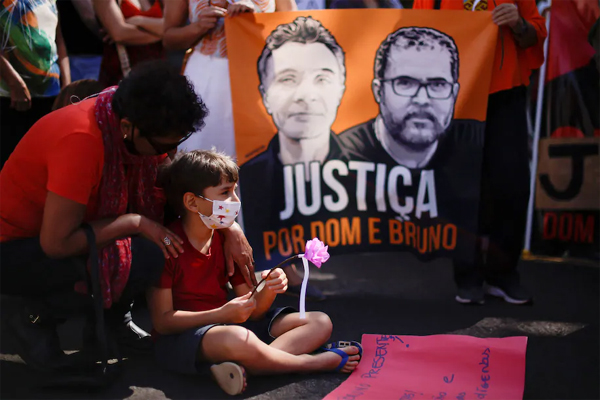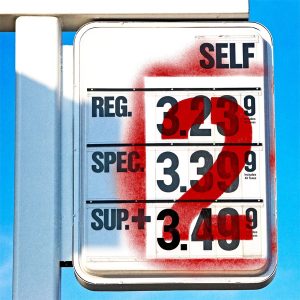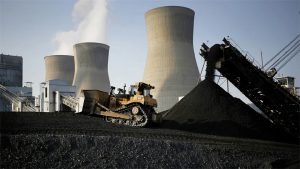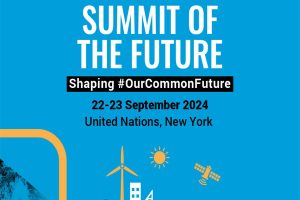
By Mac Margolis
As Brazil and much of the world looked on in the anguishing search for indigenous rights advocate Bruno Pereira and British journalist Dom Phillips, who went missing earlier this month in a violent stretch of northwest Amazon, images of the first suspect emerged in the media. Sinewy, whiskered, with a sun-leathered complexion, Amarildo da Costa de Oliveira — a local fisherman who police say confessed to the crime and identified the location of the remains — didn’t look much like a crime boss. Nor did his younger brother Oseney, another alleged accomplice apprehended by federal police days later (he denies involvement). Investigators now say eight men might be linked to the killing.
In fact, Amazon triggermen rarely fit the part. Some are squat, others lean, few have a full set of teeth. They favor flip-flops and flaunt none of the trappings of wealth and luxury you might associate with gainful criminal enterprise.
So it has been in the scatter plot of lethal violence afflicting the world’s largest rainforest for as long as I can recall. From Darly and Darci Alves, the rancher and son convicted of the 1988 murder of celebrated Amazonian rubber tapper Chico Mendes, to Rayfran das Neves Sales, the ranch hand who confessed to shooting U.S.-born Catholic nun Dorothy Stang in 2005, headline Amazon outlaws tend to make unimpressive villains.
It’s tempting to conclude, as did Brazil’s Federal Police, that the suspected killers of Pereira and Phillips “acted alone” and that the killings were an isolated incident. Yet, as with so much else in the Amazon basin — sovereignty, command and control, the rule of law — this is an optical illusion.
This was something Pereira knew all too well. He had repeatedly alerted authorities to the systematic intrusion and plunder on indigenous territory, and was working with local communities to bulwark their lands. For this, he had been repeatedly threatened. Phillips, his frequent traveling companion, was likewise keeping close track of this issue.
Their work attempted to fill a void: In a time of pinpoint satellite deforestation monitoring, GPS tools, ubiquitous drones and smartphones, much of the Amazon basin remains nonetheless out of sight and out of mind. A laissez faire of lawlessness and dysfunctional oversight institutions helps keep the blinders on. So much the better for the hothouse of Amazon crime networks, from gold diggers and timber Mafiosi to narcotraficantes (drug traffickers), who flourish in the shadows. The coveted rainforest that decades of Brazilian authorities — from last century’s military rulers to President Jair Bolsonaro — have defiantly claimed as “ours” is in fact up for grabs.
This is not to say that Pereira and Phillips were men marked for death by the Sinaloa or Miami drug cartels, or any of the transnational cabals said to have infiltrated the region and set up a “parallel state.” Rather, chronic Amazonian anomie hands small-time outlaws a pass to poach, pillage and trespass on protected land and peddle their ill-gotten bounty.
Endemic misery across the Amazon only encourages transgression. Atalaia do Norte, the river town where the fishing mafia operates, ranks as the nation’s third-most destitute municipality. Of course, even in the most desperate Amazonian hamlets, the vast majority abide by the law — but part of the riddle of the violence in the rainforest is the thin line separating predators and the population they prey upon.
Bolsonaro did not create Amazonian plunder and crime. Yet from downgrading Brazil’s benchmark forest monitoring program to swapping out the government’s career indigenous experts with military “Men Friday” with no knowledge of the issue, few Brazilian leaders have done less to contain it. The mystery is that, even as his government has always championed Amazon frontiersmen, it has done little to better their lot beyond rail at environmental safeguards and look away from those who would violate them.
A recent study by the Igarapé Institute, a think tank where I consult, uncovered a remarkably resilient understory of sketchy merchants and markets, where legal and illegal goods mingle and mesh. Neither the 369 federal interventions across the Brazilian Amazon between 2016 and 2021 nor the more than 100 special military operations carried out from 2018 through 2021 succeeded in reducing environmental crimes or violence.
Little wonder that lethal violence in Brazil has shifted sharply north in recent years, with Amazon municipalities logging rates of lethal violence more than 40 percent greater in 2020 than other municipalities nationwide, according to the Brazilian Forum on Public Safety. Brazil saw 20 environmental defenders slain in 2020, the fourth-most dangerous country for those advocating for forests and their inhabitants.
Catching the Amazon triggermen is the easy part. The problem is the milieu of miscreants who thrive with impunity under the canopy.
Pereira and Phillips were on to that story. There is much more to tell.
_____________________________________________________________
Mac Margolis, an adviser to the Brazilian Igarapé Institute, writes frequently about Latin America. He is the author of “The Last New World: The Conquest of the Amazon Frontier.” Energiesnet.com does not necessarily share these views.
Editor’s Note: This article was originally published by The Washington Post, on June 21, 2022. EnergiesNet.com reproduces this article in the interest of our readers. All comments posted and published on EnergiesNet.com, do not reflect either for or against the opinion expressed in the comment as an endorsement of EnergiesNet.com or Petroleumworld.
Use Notice: This site contains copyrighted material the use of which has not always been specifically authorized by the copyright owner. We are making such material available in our efforts to advance understanding of issues of environmental and humanitarian significance. We believe this constitutes a ‘fair use’ of any such copyrighted material as provided for in section 107 of the US Copyright Law. In accordance with Title 17 U.S.C. Section 107. For more information go to: http://www.law.cornell.edu/uscode/17/107.shtml.
EnergiesNet.com 07 01 2022 0







